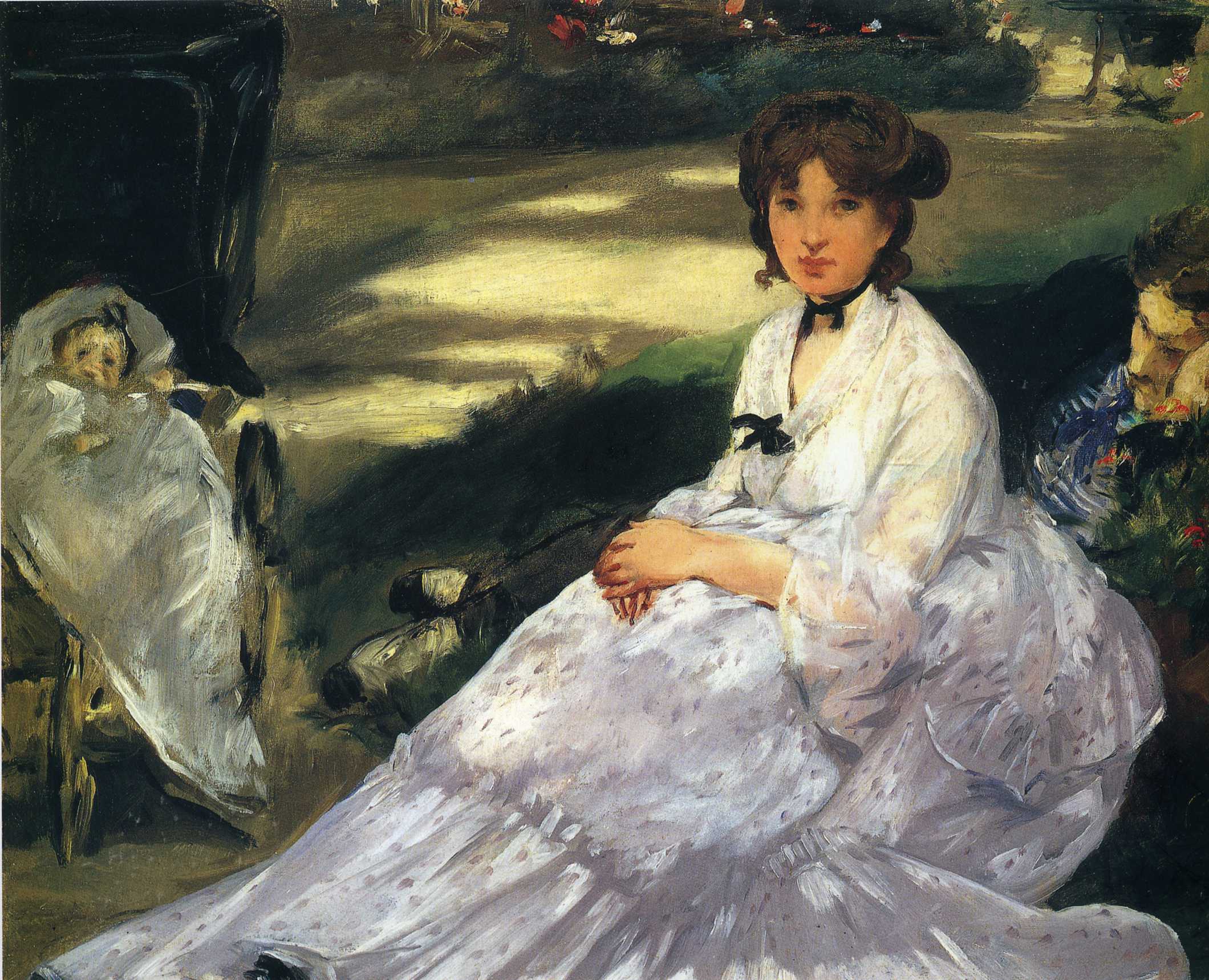

Whether selecting Manet artwork for yourself, a family member, or a close friend, you will find that these paintings are a wonderful addition to every environment. Those adding fine art to their collections will be well pleased with Manet paintings. Manet reproductions make excellent gifts and easily become a time-honored treasured piece of art. The Water-Lily Pond, Claude Monet Dance at Bougival, Pierre-Auguste Renoir A Bar at the Folies-Bergere, Edouard Manet The Boulevard Montmartre at Night. Emotion exudes from Manet’s work and is evident in his best-known pieces.Ĭhoosing Manet reproductions is an excellent way to enjoy the extravagance of one of the finest painters of all time in your home or work environment. Impressionists like Manet were masters at creating art that expressed the realism of emotion, rather than focusing on creating a painting that looks real.


Many of his paintings incorporate the beauty of water and reflection with realistic, human subjects. Other Manet paintings that have remained popular include In the Conservatory, The Balcony, The Fifer, and A Bar at the Folies-Bergere. For those searching for Manet artwork perfect to adorn their living or workspace, choices are plentiful. Manet is one of the leading Impressionist painters and his artwork features luminous use of light. The Manet painting caused considerable uproar and controversy, as the subjects were not depicted in the fashion traditionally used with nudes. Nudes, however, are just a sampling of popular Manet artwork, and the artist also focused on landscapes, still life, and portraits. A scantily clothed woman is seen picking something from the ground in the background of the painting. As one of the most famous Manet paintings, Luncheon in the Grass features a nude woman conversing with two fully clothed men. The Luncheon in the Grass Manet painting was refused entrance into the Salon Jury. Though Manet's artwork may have been off to a difficult start in recognition, it eventually became viewed as traditional pieces bridging the gap between Realism and Impressionism movements. These include the famous Manet paintings Olympia and Luncheon on the Grass. Several of Manet’s nudes drew tremendous controversy during the 19th century. Though Manet is revered for his work, he was not without controversy. Manet paintings include landscapes, nudes, portraits, and open-air settings featuring realistic situations. Manet artwork is known for its exceptional and brilliant use of color, realistic depictions, and brush strokes that are in accordance with the Impressionist style. There are many famous Manet paintings available to choose from, and each possesses its own unique artistic expression.

For those that want to add the magnificence of a Manet painting to their home or office, there are oil painting reproductions available that are high quality, a true representation of the original. More than a century has passed following the artist’s death, and Manet remains one of the most famous artists worldwide. He remained reluctant to exhibit with the Impressionists, and sought the approval of the Salon all his life.Édouard Manet paintings are revered works of art that represent the French Impressionist movement that began in 1860. In the 1870s, under the influence of Monet and Renoir, he produced landscapes and street scenes directly inspired by Impressionism. Manet's work became famous at the Salon des Refusés, the exhibition of paintings rejected by the official Salon. In Paris he associated with avant-garde writers, notably Baudelaire, who appears in 'The Music in the Tuileries Gardens'. The work of the Spaniard Velázquez directly influenced his adoption of this style. His work was founded on the opposition of light and shadow, a restricted palette in which black was very important, and on painting directly from the model. Manet was a native Parisian and the son of wealthy parents. His unconventional subject matter drawn from modern life, and his concern for the artist's freedom in handling paint made him an important precursor of Impressionism. Manet was the elder statesman of the Impressionists, although he never participated in their exhibitions but continued to compete in the Salons.


 0 kommentar(er)
0 kommentar(er)
